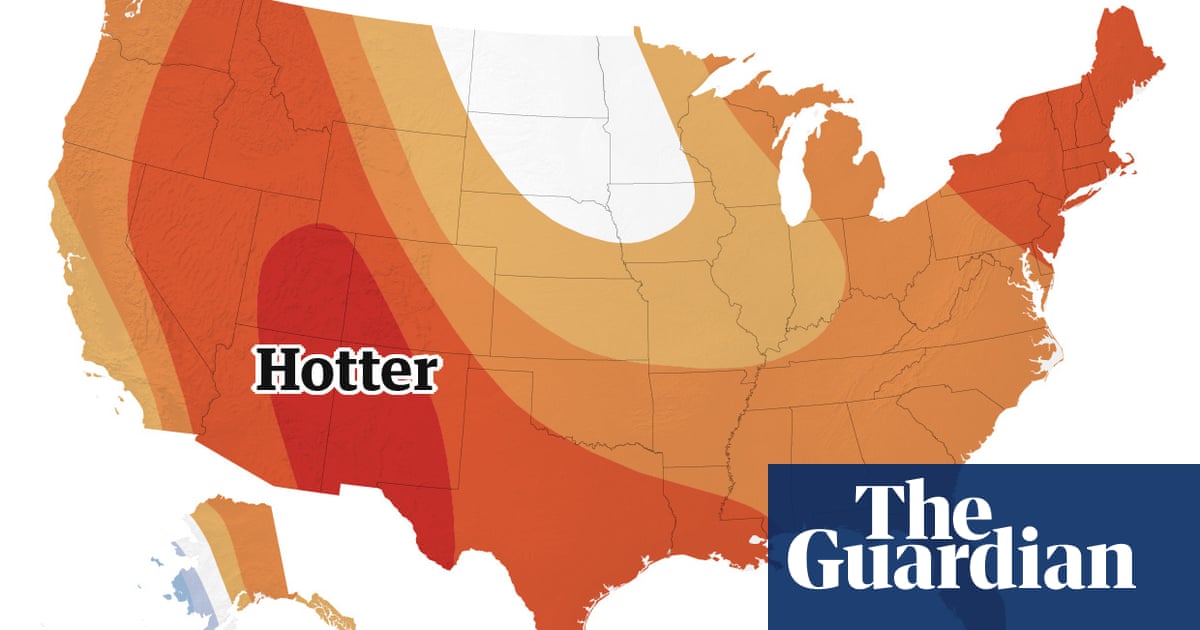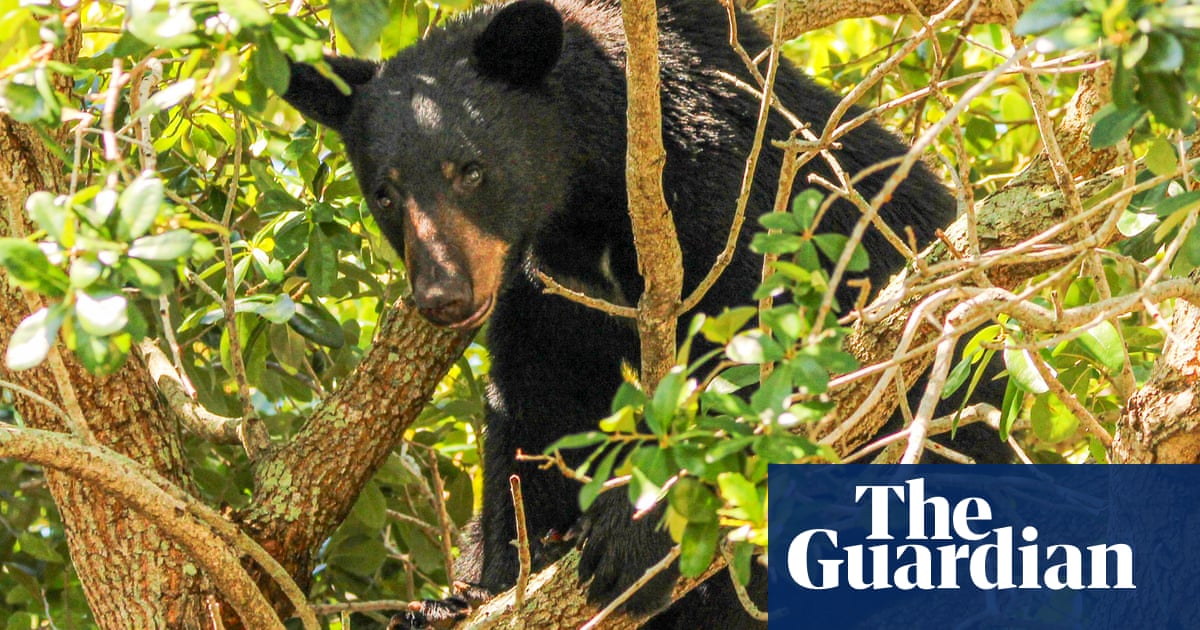An Israeli airstrike that caused a huge blaze at a tented area for displaced people in Rafah has killed 45 people, medics have said, with images of charred and dismembered children prompting an outcry from global leaders and putting ceasefire talks in jeopardy.
Bombing overnight that the Israel Defense Forces (IDF) said targeted senior Hamas militants in a precision strike appears to have ignited fires that spread quickly through tents and makeshift accommodation, overwhelming a nearby field hospital operated by the International Committee of the Red Cross and overstretched local hospitals.
“We pulled out people who were in an unbearable state,” Mohammed Abuassa, who rushed to the scene in the north-western neighbourhood of Tel al-Sultan, told the Associated Press. “We pulled out children who were in pieces. We pulled out young and elderly people. The fire in the camp was unreal.”
The health ministry in the Hamas-controlled area said about half of the dead were women, children and older adults. Barefoot children wandered around the smoking wreckage on Monday as searches for the dead continued and mourning families prepared to bury their loved ones.
Israeli prime minister, Benjamin Netanyahu, said in parliament that “something unfortunately went tragically wrong” with the airstrike. “We are investigating the incident and will reach conclusions, because this is our policy,” he said.
The US, Israel’s staunchest ally and weapons supplier, described the images from the aftermath as devastating.
The strike, one of the deadliest single incidents in the eight-month war to date, came two days after the international court of justice in The Hague, which arbitrates between states, ordered Israel to stop its operation in Rafah immediately.
More than 85% of the Palestinian territory’s population had sought shelter in the area having fled fighting elsewhere, and a million people have been forced to move again since Israel’s ground operation began on 6 May. Israeli ground troops have so far probed Rafah’s southern and eastern outskirts, rather than its overcrowded centre.
Aid deliveries have slowed to a trickle, with the Rafah and nearby Kerem Shalom crossings effectively blocked.
International censure of Israel’s war against Hamas has grown steadily in tandem with the death toll and humanitarian crisis in the strip, but Israeli officials have repeatedly said that a ground operation in Rafah, where it believes Hamas’s leadership and four battalions of fighters are camped out with Israeli hostages, is necessary for “total victory”.
Friday’s order from the ICJ is binding, but not enforceable. Several countries called on Israel to obey the judges’s 13-2 majority decision in the wake of the Rafah strike.
Qatar, a key mediator between Israel and Hamas in attempts to secure a ceasefire and the release of hostages, said the Rafah casualties would complicate the protracted negotiations. The Israeli daily Haaretz reported later on Monday that Hamas had decided to pull out of the latest proposed talks over what its senior leadership described as a massacre.
Neighbouring Egypt and Jordan, which made peace with Israel decades ago, also condemned the Rafah strike.
Relations between Egypt and Israel, cool at the best of times, have reached a nadir since the Rafah operation began. The situation deteriorated further on Monday after the Israeli military confirmed there had been an exchange of fire between Israeli and Egyptian soldiers in the Rafah crossing area in which at least one member of Egypt’s security forces was killed. Both countries’ militaries are reviewing the incident.
France, a European ally of Israel, said it was outraged by the Rafah strike. “These operations must stop,” the country’s president, Emmanuel Macron, posted on X. “There are no safe areas in Rafah for Palestinian civilians. I call for full respect for international law and an immediate ceasefire.”
The EU’s foreign policy chief, Josep Borrell, posted: “Horrified by news coming out of Rafah on Israeli strikes killing dozens of displaced persons, including small children. I condemn this in the strongest terms.”
Italy’s defence minister, Guido Crosetto, said that bombings such as Sunday night’s would have long-standing repercussions for Israel. Speaking to Sky TG24, he said: “Israel with this choice is spreading hatred, rooting hatred that will involve their children and grandchildren. I would have preferred another decision.”
The head of the African Union Commission, Moussa Faki Mahamat, said: “The state of Israel continues to violate international law with impunity and in contempt of an international court of justice ruling … ordering an end to its military action in Rafah.”
After criticism of the Rafah strike, the IDF said it had not anticipated civilian casualties, and had bombed an area outside the latest “evacuation zone” to where Palestinians have been ordered to move, although that claim appeared to contradict a previous “safe zone” map from 22 May.
The bombing had killed Hamas’s chief of staff for the West Bank and another senior official responsible for deadly attacks on Israelis, the IDF said.
About 1,200 Israelis were killed and another 250 taken hostage in Hamas’s 7 October attack that triggered the latest conflict. According to the local health ministry, more than 36,000 Palestinians have been killed in Israel’s retaliatory operation, which has left desperate civilians without healthcare, food or water and reduced most of the coastal territory to ruins.
After a week in which Israel’s global standing had plummetted, Sunday’s attack attracted more attention than usual in the Hebrew-language media, which has often avoided daily reporting on the scenes of death and destruction in Gaza.
Several rightwing Israeli journalists celebrated the Rafah attack in appearances on Israeli television and on Twitter, likening it to this week’s Jewish bonfire festival, Lag B’Omer. Commentator Yinon Dromi retweeted another user’s post which showed a fire in Rafah, adding her own: “Happy Holidays.”
Hostilities also flared on Israel’s northern border on Monday. The powerful Lebanese group Hezbollah said it had launched a salvo of rockets at Israeli territory in response to a deadly Israeli strike outside a hospital in southern Lebanon earlier in the day.
Israel has been locked in a battle of attrition with the Iranian-backed militia since 8 October, when Hezbollah began firing missiles at the Jewish state to aid Hamas.









